You don’t have to be a seasoned expert in the commercial kitchen business to know about and appreciate the benefits that go along with owning a quality flash freezer. In addition to being the most effective way to rapidly cool everything from fresh produce to desserts, these innovative machines are excellent for preventing bacterial growth.
Investing in reach-in blast chillers is the first step to creating a safe and effective food storage system. The next step is to ensure that your chillers are properly and routinely maintained. This post shares the key maintenance tips that will help you keep your machines operating smoothly when you need them most.
Maintenance is Key to Durability
Ensuring that your blast chillers, or flash freezers if you prefer, remain in good working order begins with choosing the right model for your kitchen’s needs. It’s also essential to highlight that having a fully functional blast chiller is one of the easiest ways to ensure that your kitchen complies with local Australian food standards.
Once you’ve purchased the right chiller, you should set up a maintenance schedule to fit equipment care around your kitchen’s busy times. Fortunately, maintenance is easier than you think. Simply follow our tips to get started.
1.Start by Creating a Routine Maintenance Schedule
The ideal time to service your blast chiller isn’t five minutes after it stops working properly. Avoid emergency maintenance by creating a service plan with a certified technician to ensure that your blast chiller is routinely maintained.
Signing up for a pre-planned schedule means that the unit will be routinely maintained, avoiding potential shutdowns. When planning a service schedule, consider the following:
- Scheduled manufacturer maintenance: Many blast chiller suppliers offer a recommended maintenance programme which you can sign up for at the time of purchase. This will give you access to relevant servicing, bi-annual inspections, and routine cleaning. Since registered technicians are certified by the supplier, you’ll be dealing with someone familiar with the product, its components and the types of service needed.
- Administer component checks: This refers to the critical aspects that a certified technician will check. Typically, this includes fans, compressors, and various electrical components. Refrigerant levels will also be checked and topped up. Door seals and hinges will also be checked and serviced since they can easily become worn. All of these aspects will keep your blast chiller running smoothly.
We also recommend scheduling your service for a quiet time since some maintenance aspects may require the unit to be emptied out and switched off. This can hamper your food service if not planned properly.
2.Defrost as Recommended by the Manufacturer
Not all blast chillers will need to be defrosted in the same way. This means you will need to check your manufacturer’s recommendations to do this effectively. The general method of defrosting your flash freezer includes the following:
- Regulate the temperature: Typically, this refers to you operating the unit at the recommended temperature. This will keep your blast chiller at the safest operating range. Maintain the right temperature by keeping the chiller at a constant temperature and placing food in early so that it’s at the right temperature when you need it to be. Do this rather than setting the chiller higher to flash freeze all the time.
- Defrosting: As with your regular freezer, defrosting removes any excess ice build-up in the chiller. Most chillers are defrosted by switching the unit off and unplugging it from the power source. Be sure to check for any specific defrosting procedures for your specific model.
3.Make a Cleaning Schedule and Stick to It
Regular cleaning is another important aspect of maintaining a hygienic and food-safe kitchen. Cleaned your blast chiller as often as you do the other kitchen appliances. Consider these tips:
- Interior cleaning: Start by removing all the food and drinks from the chiller. Use a mild soap and warm water solution to wash out any food or drink spills. Wash the inside of the doors and all the shelves.
- Exterior cleaning: As with the interior, use a mild soap and water solution to wipe down grease and dirt. Avoid using harsh chemicals and abrasive cleaners, as these will not only damage the exterior finish but may also contaminate the food in your kitchen.
- Fan cleaning: Your blast chiller’s fan works very hard to provide the perfect cooling temperatures. Since the fan is at the back of your chiller, it may not get as much daily cleaning as the rest of the unit. This can result in dust build-up. Be sure to check the manufacturer’s guidelines in the manual for the exact instructions on how to clean the fan of your specific model. Some models may require the condenser coils to be cleaned as well.
Final Thoughts
Keeping your blast chiller well-maintained means that it will always work optimally. Opt for the best maintenance practices by signing up for a service plan with your manufacturer. Having your chiller professionally serviced will give you peace of mind that it’s done right every time!

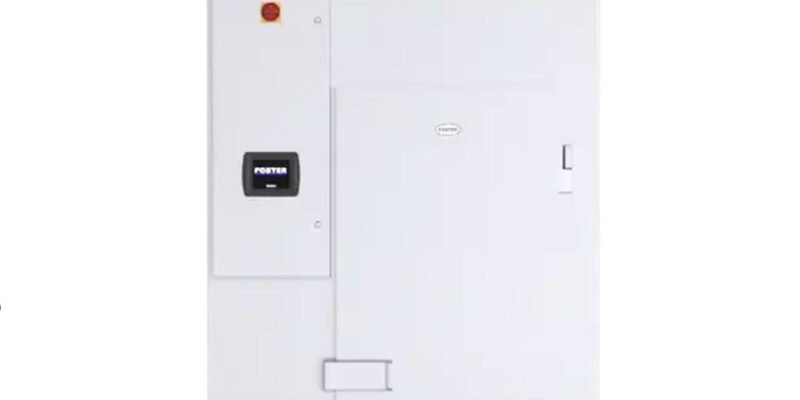
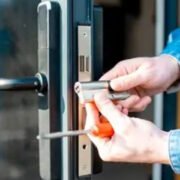
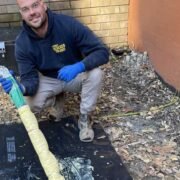




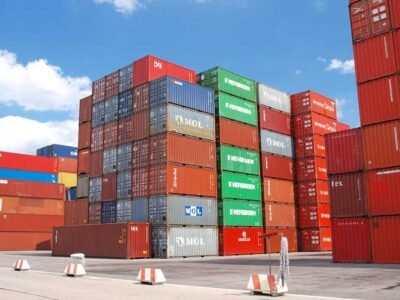


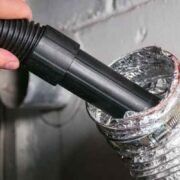


Comments